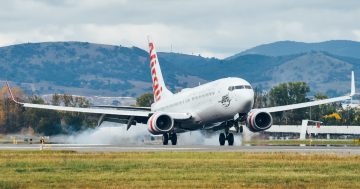 The Australian Transport Safety Bureau (ATSB) has issued two new Safety Advisory Notices advising owners and operators of piston-engine aircraft to take care not to allow carbon monoxide in their aircraft cabins.
The Australian Transport Safety Bureau (ATSB) has issued two new Safety Advisory Notices advising owners and operators of piston-engine aircraft to take care not to allow carbon monoxide in their aircraft cabins.
The Bureau made the advice in an update to its on-going investigation into a DHC-2 Beaver floatplane which crashed into the water at Jerusalem Bay, NSW on 31 December 2017, killing the pilot and five passengers.
Chief Commissioner of ATSB, Greg hood said that during the draft review process for the investigation’s final report, the aviation medical specialist recommended that carbon monoxide toxicology testing be undertaken on blood samples of the aircraft occupants.
“The results of that testing, provided to the ATSB in March 2020, indicated that the pilot and two of the passengers … had elevated levels of carbon monoxide,” Mr Hood said.
“Subsequent to receiving those results the ATSB consulted widely with medical experts,” he said.
“From that consultation with medical experts, and research into the effects of carbon monoxide on aircraft operations, the ATSB considers the levels of carbon monoxide were likely to have adversely affected the pilot’s ability to control the aircraft.”
Mr Hood said the findings prompted ATSB to issue the two Safety Advisory Notices.
“The ATSB is reminding aircraft maintainers that the primary mechanism for the prevention of carbon monoxide exposure to aircraft occupants is to carry out regular inspections of aircraft exhaust systems to identify and repair holes and cracks, and to detect breaches in the firewall,” he said.








